- Joined
- Apr 30, 2005
- Messages
- 34,511
Even though I hear the term often I'm not sure of the meaning because often when luster is used I just don't see a consistent characteristic.
Please don't look it up. or read others' posts; just post the first thing that comes into your mind.
I'm not trying to force a single universally-agreed-to meaning, or send anyone to a dictionary.
Rather, without Googling, please just write how YOU define luster right now, without worrying that someone else may post something more "correct".
Also, to YOU, do different gems have a different kind of luster?
If so, can you offer some examples, i.e., gem A's luster is more X and gem B's luster is more Y.
Thanx.
Please don't look it up. or read others' posts; just post the first thing that comes into your mind.
I'm not trying to force a single universally-agreed-to meaning, or send anyone to a dictionary.
Rather, without Googling, please just write how YOU define luster right now, without worrying that someone else may post something more "correct".
Also, to YOU, do different gems have a different kind of luster?
If so, can you offer some examples, i.e., gem A's luster is more X and gem B's luster is more Y.
Thanx.

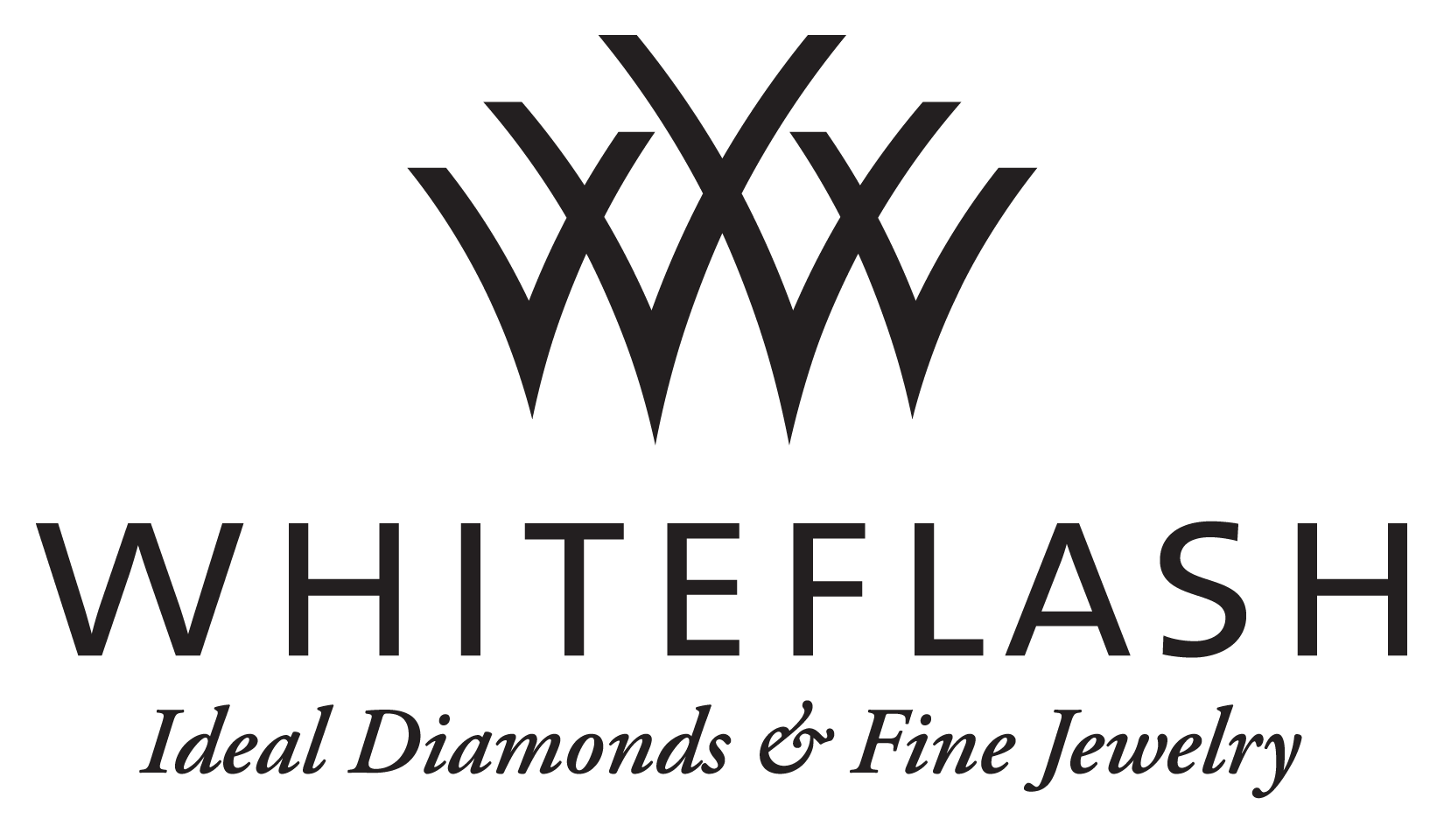
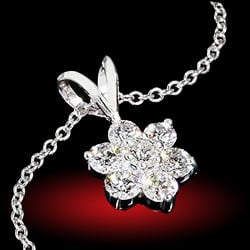
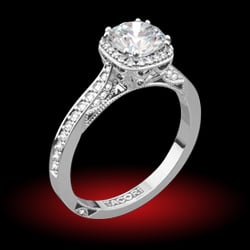
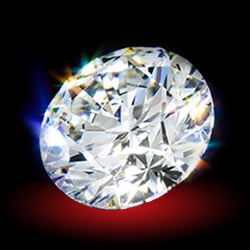

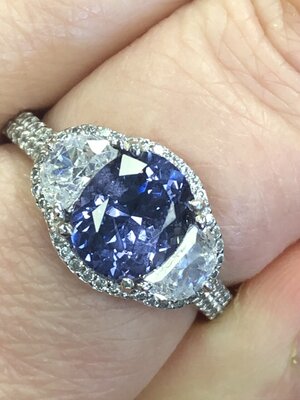
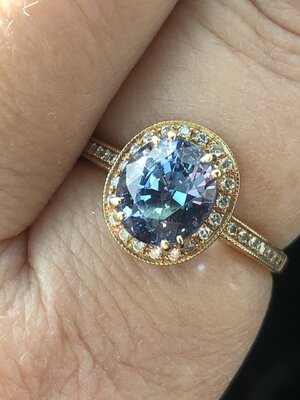
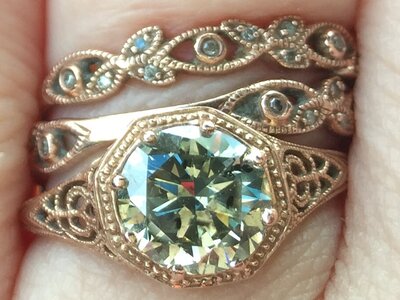



300x240.png)